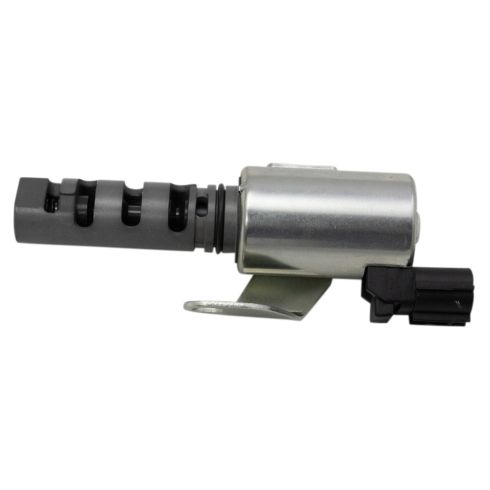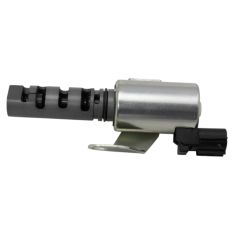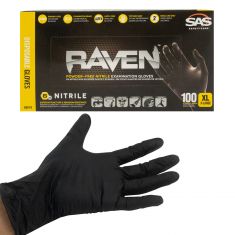1AZMX00306-Toyota Lexus Variable Valve Timing Solenoid TRQ VTA93436

Replaces
1998 Lexus GS300 Variable Valve Timing Solenoid TRQ VTA93436

Frequently bought together
Product Reviews
Loading reviews
5.00/ 5.0
10
10 reviews
Quality product
December 25, 2019
Good quality will buy more stuff here soon thanks .
Works and did job
January 11, 2020
Had p1349 works now
Perfect
September 11, 2020
Great product delivered fast and great quality
Solenoid
February 1, 2021
Worked great, fixed the problem, on time delivery
What else could you ask for?
VVT solenoid
February 21, 2021
Easy install, Took care of idling issue. Car runs great!
Good quality parts at a low price
June 17, 2021
Every single part Ive purchased from 1 a auto have been right on the money low price good quality parts delivered on time with easy tracking
December 21, 2021
Great price. Various competitors charge between $95 to $260.
1A Auto is my go to auto parts supplier.
Great part
January 8, 2022
Only got this cuz my scanner said it was what was wrong with my car popped it in cleared my codes and it ran perfectly fine plus i had a power loss st 4k rpms i could t figure out and it fixed that as well thanks 1aAuto for the quality parts
Great product.
January 12, 2024
Nice packaging, quick delivery.
Vvt for lexus gs300
June 26, 2024
Came early was the right part easy to install with your videos will continue to shop here for all my auto needs
Customer Q&A
I have a code P0010, on my 04 IS300. Would this help?
December 15, 2020
10
There could be multiple reasons why you're having this particular problem. We suggest taking your vehicle to a nearby reputable shop to identify the cause. Once you know the cause, we'll be happy to see if we carry the parts and how-to videos needed for your repair.
December 16, 2020
Emma F
Lexus is a registered trademark of Toyota Motor Corporation. 1A Auto is not affiliated with or sponsored by Lexus or Toyota Motor Corporation.
See all trademarks.










